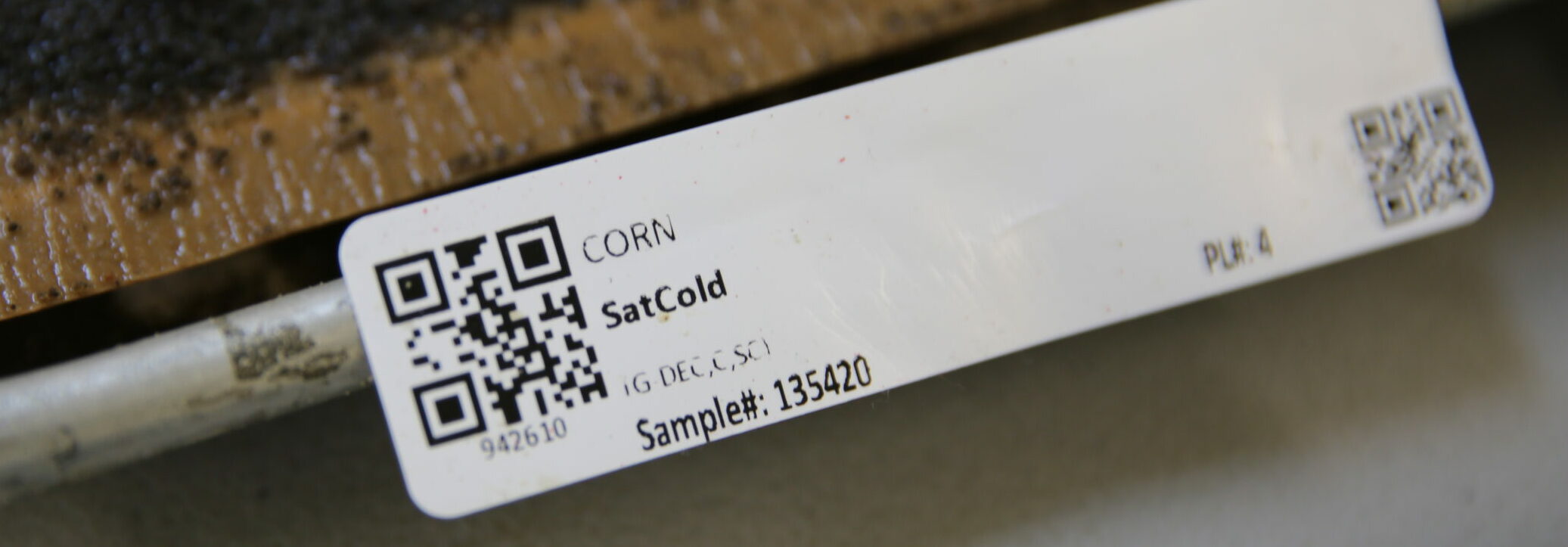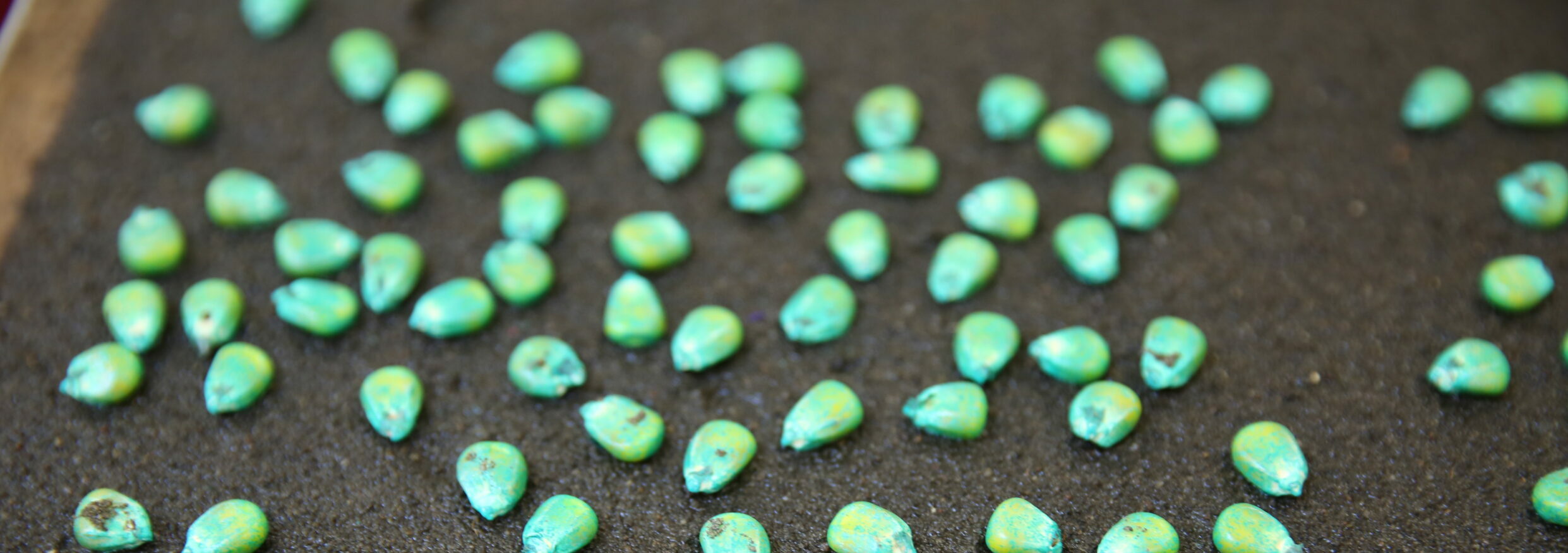
Did you know that warm germination tests are conducted at 77 degrees Fahrenheit? South Dakota State University has a weather station right on our farm, located at the Ag PhD Field Day site. Our soil temp at 2 inches deep finally hit an average of 77 degrees for a full day last year on July 2. Here’s my point. Unless you are planting your corn in July in South Dakota or anywhere else this cold, the warm germination test that you see on your seed corn tag is somewhat worthless.

Instead, the more accurate test to look at is the cold germination test…which no seed company publishes, and no seed company puts this on their seed tag.
So, how do you know the seed you are getting has a good cold germ score? You have two choices. You can either send your seed in for a test, or you can buy Hefty Brand Corn. No other seed company we know of holds seed back because of a low cold germination test. If you don’t believe this, buy eight different hybrids from any seed company other than us, send them in for analysis, and check the results.
At Hefty’s, our standard for cold germ is 90%. If the cold germ is not 90%, we’ll tell you, and you’ll then have the option to, a) pay a lower price for the seed, or b) take a different variety. Now, in all fairness, anyone who plants later rarely has an issue with germination as long as the warm germ is okay. For example, we will plant a bunch of silage acres this year in mid-May. Even though the soil temp won’t be 77 degrees, it will no longer be 50 degrees, and the seed will grow just fine. Since most farmers around the U.S. plant into warm soils, the cold germ score doesn’t matter, which is why no seed company puts that information out.
However, if you are like us, we want to get going earlier rather than later, at least with the corn we are raising for grain and for high yields. In addition to getting high cold-germ corn, here are 7 steps we suggest you take to improve early emergence and vigor in cold soils.


High cold germination percentages are a significant indicator of how well seed will perform in cool soils typically seen early in the season in the northern U.S.
By following these tips, you will likely speed emergence by 10% and improve the consistency of your stands.
Don’t forget – even if you plant when the soil temp is 50, it is extremely likely that the soil temp will drop to 45 degrees or less at some point during the week after planting.
- Don’t plant before the first crop insurance date.
- The soil must be fit.
- Cold germination test > 90%.
- Great seed treatment – Fungicides, insecticide, Naturals, etc. For example, on Hefty Brand Corn, there are a minimum of 35 total treatments! Ask any other seed company what they put on their seed. It’s not even close to what we do, which is why our research shows that Hefty Brand Corn will emerge faster than any other seed brand on average.
- In-furrow fertilizer – Use a low-salt product at a low rate with water as a carrier.
- In-furrow (or T-band) insecticide – Use something like Capture LFR/VGR (which is Capture plus a bio-stimulant) or Manticor (which is Capture plus Headline).
- In-furrow fungicide – Use something like Headline, Xanthion (Headline plus a bio-fungicide), etc.
I have zero fear planting into 40-degree soil temps, but there is no chance in the world I would do that without the additional steps I’ve listed here. If you would rather not invest the money in any of these things, I would strongly encourage you to wait for very warm soil temps, but keep in mind early planting on average means higher yields. What I’m saying is I don’t mind investing a little extra money so I can plant early, spread my workload, and gain more yield. Oh, and one last note – we charge nothing extra for all the additional seed treatments we put on Hefty Brand Corn, and by the 2022 growing season, we’re hoping to have about 70 components to put on the seed. We will continue to look for anything that can possibly help your yield and early emergence because we just want you to be successful, regardless of whether you plant into warm soils or if you have to plant when the weather is cold like we do.
